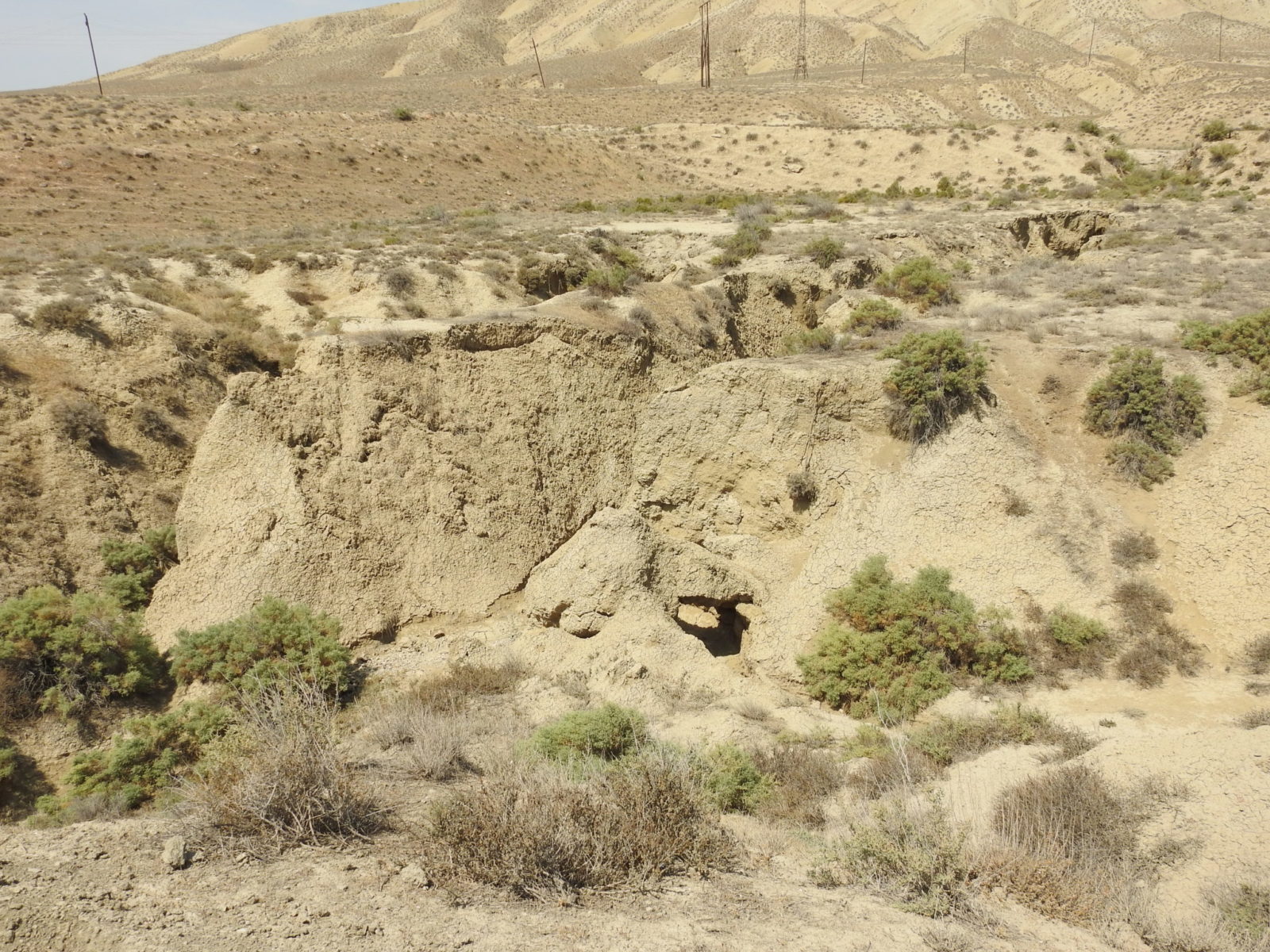

A few weeks after lockdown was lifted in 2020, there was an intense desire to step out of the confines of one’s home and Delhi and escape to the kind of wilderness that did not have the annoying presence of cops and their constant demand that one wear a mask. A Google search unwittingly pointed to a resort not far away from Delhi- Chambal valley. I was surprised why it never occurred to me in all these years that I should visit a valley known as the badlands of north India that had provided refuge to the “baghis” or rebels during the colonial rule and later legendary dacoits like Raja Man Singh and Rupa. I remembered that it was the Chambal valley where my late father, Bishan Kapoor, had earned his spurs as a journalist by writing about fearsome dacoits like “Sultana daku” and “ Putli bai” and their constant duel with the police. It was Chambal valley again where he accompanied his close friend and eminent sociologist, RP Garg, to help him unravel the sociology of those living in an undulating land with narrow gullies made worse by soil erosion that sustained mostly dacoits and law breakers.
R P Garg had an impeccable academic pedigree. His study on Chambal valley was supervised by late MN Srinivas and was assisted by late Socialist leader Jaya Prakash Narayan. Srinivas is considered as the father of Indian sociology and did seminal work in understanding the caste system. Expectedly, Garg saw the dacoits from the prism of caste. Interestingly, most of the dacoits, Garg’s study found, were upper caste Brahmins and Thakurs.
Garg who passed away last year at a ripe age, traveled around in the valley in the company of his friend, Bishan Kapoor, who not just took pictures for him, but also helped him network with his journalist contacts and sources that had provided him steady supply of tip-offs and news stories about the dacoit gangs. Kapoor also wrote a book, “ Bad Men of Bad Lands”.
Armed with this understanding, I found myself in Chambal valley. The resort where I was booked to stay with my wife was “ Mela kothi”, which is a very well managed property owned by the former Zamindar of that area and Samajvadi Party leader, Ram Pratap Singh and his very articulate wife, Anu. The kothi is in Bah district, which is not far away from Agra. Bah was famous for its ravines and the large heartedness of its dacoit king, Raja Man Singh. One of my guides who took me around the ravines told me that even now people revere Man Singh and those who are seeking justice ring the bell of the temple. A visit to some of the villages suggested life had not changed much from what it was when Garg visited Chambal so many years ago. Atleast his detailed paper on the Chambal valley made it clear.
Titled, ”Some observations on the dacoity problem in the Chambal valley” R P Garg mentions about his visit to a village, Badkhani, that had 2 brahmin dacoits who in collaboration with Man Singh and Roopa had killed 11 people between 1945-59. These dacoits were killed in 1960. In his study Garg showed how the dacoity problem affected the village social structure He found that the fear of dacoits always kept the families together. Another interesting observation was that the dacoity problem had destroyed all the caste loyalties. In his informed reckoning, the village was divided between those who were with the dacoits and those who were with the Police informers. This dynamic plays out in old Bollywood films making it clear that caste loyalties wilt under violence. Another interesting observation of Garg’s study was that democracy had not made much impact on the ground after independence. What really determined who has sway on the village affairs was whether the dacoits were on the ascendance or the police informers. In his study, the police informers are as powerful and vengeful as the dacoits.
In the last 40 odd yeas since the last famous dacoit surrendered to the police, a few things have changed on the ground, according to my local guide. Now most of the would be dacoits work for the politician as vote contractors and that ways they remain on the right side of the police and those in power. They do not have to take on the state or the police enjoy power and protection. This does not mean that the social and geographical circumstances that spawned dacoits for long years have changed very much. The predatory ravines continue to spread rapidly destroying farm lands and forcing people to leave farming and head to the cities. While walking around the Chambal ravines that are an experience in itself I wondered how Garg would react to the changed circumstances where the castes have attained a kind of primacy that was not visible earlier. How has the caste system and reservation based on social and economic backwardness impacted people picking up arms against the state? I would have loved to get a perspective from RP Garg.
Be that as it may, the trip to Chambal was not just a discovery of the badlands that fed so many myths about the dacoits of the yore, but it also gave an opportunity to revisit the work RP Garg did with his friend late Bishan Kapoor so that we could know the region and its people better.
Germany may have survived the extreme right wing political onslaught of AfD, but the world…
China is sending critical geoeconomic signals that it will resist US bullying and economic hegemonism
The forthcoming negotiations for renewing the treaty must make water-sharing climate resilient, equitable and account…
Trade wars have no winners. Having learnt no lessons from his first term on trade…
Europe’s Rearm Europe initiative faces hurdles in achieving its military goals but signals a clear…
An Unnatural Convergence: Hard Right and Radical Left in Their Anti-Westernism and Fascination with Russia